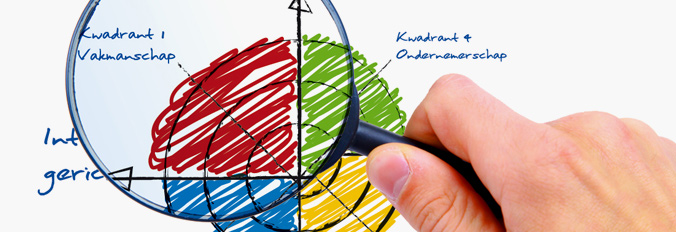CANVAS Business Model - ?sterwalder
These are turbulent times. Large organisations are desperately looking for new markets or alternative ways of remaining profitable within existing markets. Small organisations wonder how they can take advantage of the changes in their environment. Rigorous changes to the approach are the order of the day. Business models are at the heart of this. A business model is a model that is used to identify and manage various aspects of a business. A business model describes the principle of how an organisation creates, delivers and maintains value.
A widely used business model is the CANVAS Business Model. This model consists of nine basic building blocks, which show the principle of how a business wishes to earn money. The nine building blocks comprise the four main areas of a business: customers, offering, infrastructure and financial feasibility. The business model serves as a blueprint for a strategy which will be implemented through organisational structures, processes and systems.
The nine building blocks are:
- Customer segments: an organisation serves one or more customer segments.
- Proposition: an organisation strives to solve customers' problems and meet customers' needs with value propositions.
- Distribution channels: value propositions are supplied to customers via communication, distribution and sales channels.
- Customer relationships: customer relationships are built and maintained with each customer segment.
- Revenue: revenue streams are the result of value propositions which are successfully offered to customers.
- Key Resources: these are the assets which are needed in order to offer and deliver the elements described above.
- Key Activities: the described elements are offered and delivered by carrying out a number of key activities.
- Partners: some activities are outsourced and some resources are purchased from outside the business.
- Cost structure: the business model elements result in the cost structure.

Link with Quinn
This model fit into the Quinn model as follows:

More information
- Click here to pose your question
- Previous page





